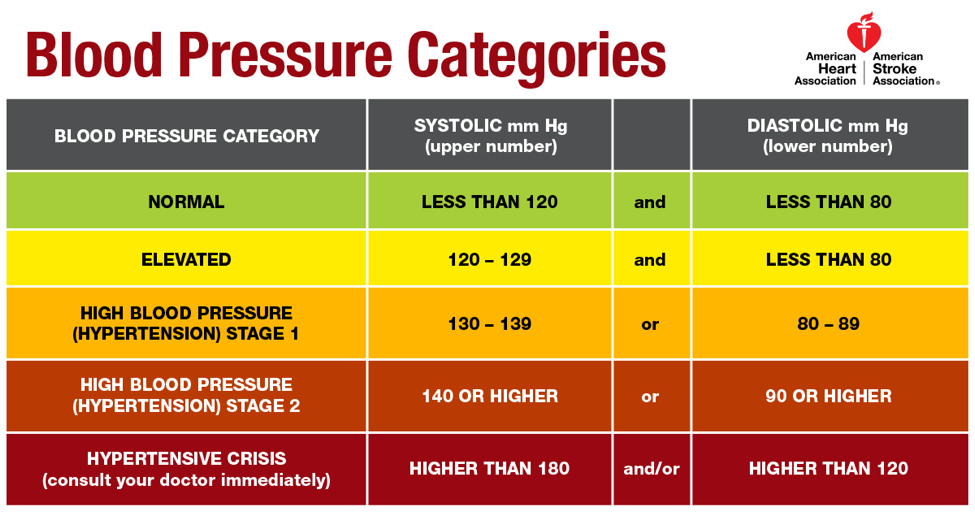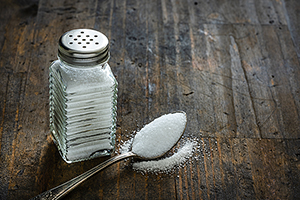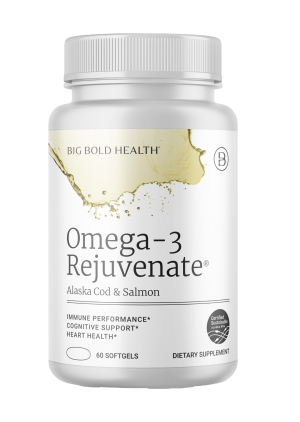Last month, in a move that caught many doctors and patients by surprise, the American Heart Association and the American College of Cardiology moved the goalposts on high blood pressure, lowering the cutoff for normal blood pressure from 140/90 to 120/80.
Previously, blood pressure 120-139/80-89 had been designated “pre-hypertension.”

The changed threshold means that, whereas only 31.9% of Americans were previously said to have elevated blood pressure, now 45.6% are in that category. That’s an additional 31 million people!
The switch is controversial because it flies in the face of several recent studies that have suggested that tighter control of blood pressure in healthy older adults may produce more harm than good, resulting in events such as too-low blood pressure or fainting. This can contribute to falls which cause head injuries and hip fractures.
In fact, just a few months ago, two of the nation’s major primary care organizations, the American College of Physicians, and the American College of Family Physicians, issued recomamendations diametrically opposed to the those from the AHA and ACA: Their guidelines state that blood pressure goals should be relaxed—to 150 systolic for older adults!
Advocates of lower blood pressure goals cite the results of the recent SPRINT study which showed that blood pressure lowering to 120/80, even in patients with borderline blood pressure, helped to reduce heart problems and overall risk of dying.
But what gets missed in the discussion is that the SPRINT study participants weren’t just average folks with high blood pressure—they were deemed at high risk of heart problems, with an estimated 10-year risk of cardiovascular disease of 15% or more. This is a carefully selected population not typical of hypertensives, representing maybe just 15% of Americans with borderline blood pressure—the very ones most likely to benefit from therapy.
Doctors are very literal, so how likely is it that they will precisely vet patients for intensive blood pressure lowering treatment on the basis of a careful assessment of their future cardiovascular risk? More likely, they’ll just uncritically embrace the new guidelines and reflexively prescribe meds for anyone who clocks in with a blood pressure greater than 120/80!
There’s another flaw with the SPRINT study. It based blood pressure determinations on an average of three carefully-measured readings after patients were seated comfortably for at least 5 minutes in a doctor’s office, with no staff members in the room in order to avoid “white coat hypertension.” How often do busy health care practitioners take the time to measure blood pressure so scrupulously?
SPRINT exaggerates the benefits of drug therapy for borderline blood pressure via some statistical chicanery. While it was said that heart events were reduced by an impressive 25% and overall deaths by 28%, these were relative risk reductions; in terms of absolute risk, the results were modest: 1.6% for heart events and 1.2% for overall deaths. Interestingly, and contrary to expectation, there were no differences in heart attacks, strokes or rate of acute coronary syndrome (you would think preventing these would be a major dividend of antihypertensive therapy!).
All-in-all, the number-needed-to-treat (NNT) to reduce deaths from cardiovascular causes was 167, not good at all. That means that 166 people would have to be treated unnecessarily for years with blood pressure meds with all their attendant side effects and expense so that one life could be saved! By way of contrast, when followed for five years, the Mediterranean Diet has an NNT of 61 for preventing stroke, heart attack or death with no harms noted; for preventing repeat heart attacks, the NNT of the Mediterranean Diet is an impressive 18!
Another nuance of the new recommendations based on SPRINT is surely to be missed by most doctors. Despite the reclassification, patients newly-diagnosed with hypertension who fall between 120-129/80-89 are suggested to undergo lifestyle modification—not drug therapy—as a prelude to administration of BP meds. That means exercise, weight reduction, low sodium diet, increased potassium, stress reduction, etc.
How well-equipped is the average primary care doctor or cardiologist to deliver these lifestyle recommendations? Sure, they may pay lip-service to holism by repeating the mantra “eat a low-fat diet, ditch the salt-shaker, and get some exercise,” but after an insufficiently guided and unmotivated patient returns a few weeks later with blood pressure unchanged, health care providers—many of whom are now PAs or nurses in assembly line clinics—are likely to reach for the prescription pad. And that will inevitably result in a bonanza for the drug-makers.
I carefully read the entire SPRINT study, and I only found the word “lifestyle” once—this despite the fact that the average SPRINT subject had a BMI of 30! For reference, if your Body Mass Index (BMI) is between 25 and 29.9 you are considered overweight. If your BMI is 30 or over you are considered obese. What an out-of-shape lot they were!
Weight loss can be a potent anti-hypertensive strategy: in a 2009 study, 52 of 106 patients who normalized their BMI achieved normal blood pressures.
“Diagnosis creep” is a well-known phenomenon in medicine. It happened with osteoporosis, when, in the 1990s, millions of previously healthy women were designated candidates for powerful bone-building drugs; New, overly-inclusive cholesterol goals now render millions more Americans eligible for statin drugs.
As a case in point, lower blood pressure and cholesterol thresholds were tried out in Europe in 2003. As a result, it was estimated that 3/4 of the population of Norway would fail the excessively stringent new guidelines. In those over 49 years old, 90% would be potential drug customers!
Evidence that Diagnosis Creep doesn’t work for hypertension comes from a 2012 Cochrane Collaboration meta-analysis of studies evaluating drug management of mild hypertension (BP 140-159/90-99). Contrary to the SPRINT study it concluded: “In 7,080 participants, treatment with antihypertensive drugs as compared to placebo did notreduce coronary heart disease, stroke, or total cardiovascular events.” Moreover, 9% of subjects experienced side effects that caused them to abandon treatment, a figure that considerably underestimates patients’ real world complaints about blood pressure meds.
The reasons for Diagnosis Creep are many. For one, the specialist panels that are convened to review and revise guidelines are comprised of the same professionals who will be implementing those guidelines. It’s rare that a group of doctors would resist the temptation to expand their turf.
Then there’s the pervasive influence of Big Pharma. Many top academic physicians derive considerable proportions of their income from drug company grants. Large studies like SPRINT are, at least in part, underwritten by pharmaceutical interests. It’s hard to resist bias in favor of drug fixes.
In contrast to mainstream physicians, integrative practitioners are well-situated to implement intensive lifestyle changes for the millions of patients newly-designated hypertensive. In subsequent articles, we’ll review some of the non-drug options available for high blood pressure. Maybe some good will come of all the hoopla around the new guidelines, motivating patients to take action before they, too, join the ranks of the tens of millions of Americans who require multiple drugs every day.








